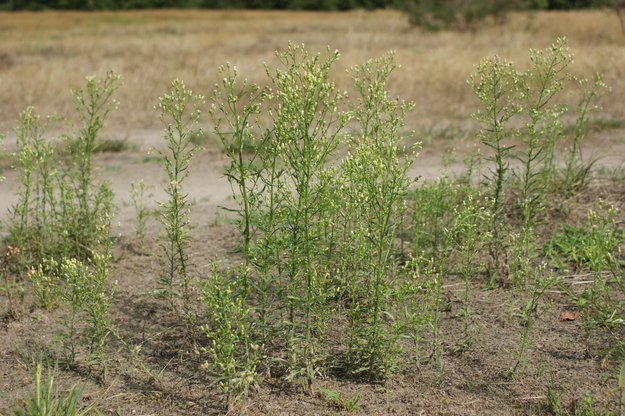In traditional North American herbal medicine, Horseweed was boiled to make steam for sweat lodges, taken as a snuff to stimulate sneezing during the course of a cold and burned to create a smoke that warded off insects. Nowadays it is valued most for its astringency, being used in the treatment of gastro-intestinal problems such as diarrhoea and dysentery. It is said to be a very effective treatment for bleeding haemorrhoids. The whole plant is antirheumatic, astringent, balsamic, diuretic, emmenagogue, styptic, tonic and vermifuge. It can be harvested at any time that it is in flower and is best used when fresh. The dried herb should not be stored for more than a year. The seeds can also be used. An infusion of the plant has been used to treat diarrhoea and internal haemorrhages or applied externally to treat gonorrhoea and bleeding piles. The leaves are experimentally hypoglycaemic. The essential oil found in the leaves is used in the treatment of diarrhoea, dysentery and internal haemorrhages. It is a uterine stimulant and is also said to be valuable in the treatment of inflamed tonsils plus ulceration and inflammation of the throat. A tea of the boiled roots is used to treat menstrual irregularities. A homeopathic remedy is made from the plant. It is used in the treatment of haemorrhoids and painful menstruation. Source: https://pfaf.org/
Horseweed
Erigeron canadensis
Find more about this plant on Wikipedia.
